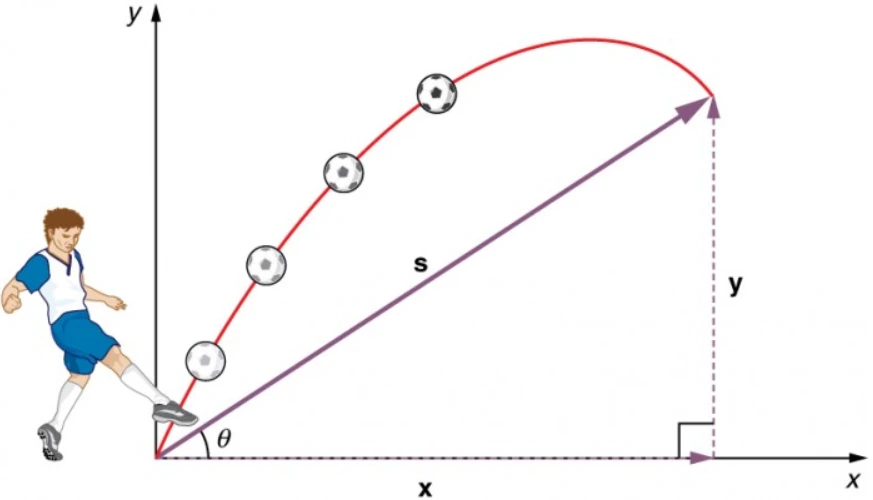Consider a cubic crystal of lattice constant ‘a’.
The density of the crystal = ρ
Volume of the unit cell = a³
Eqn 1
Mass in each unit cell = ρa³
![]()
The number of atoms per unit cell = n
The atomic weight of the material = M
Avogadros number = N
(number of molecules per kg mole of the substance)
Mass of each molecule ![]()
where, M is atomic weight
Eqn 2
Mass in each unit cell ![]()
(for n atoms)
From equations (1) and (2), we have
![]()
![]()
From the above equation, the value of lattice constant ‘a’ can be calculated.
| Read More Topics |
| Face centred cubic (FCC) structure |
| Important parameters in crystal structure |
| Classification of solids – crystal physics |





